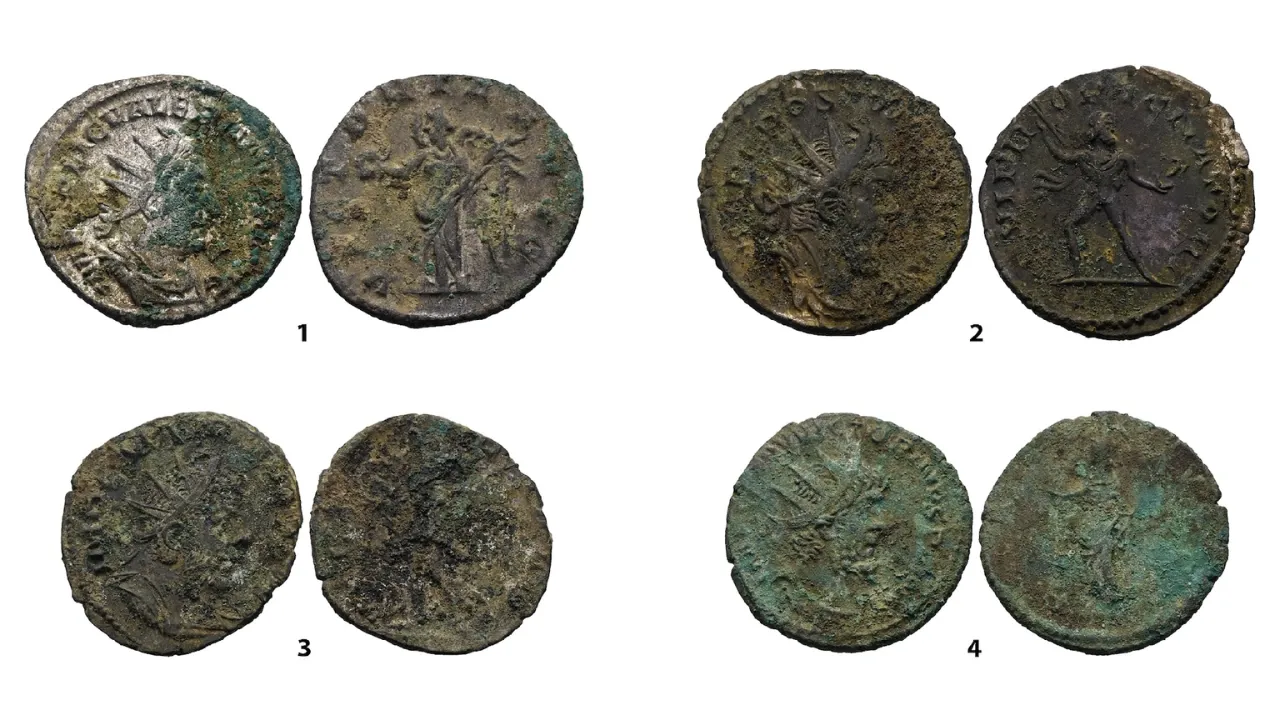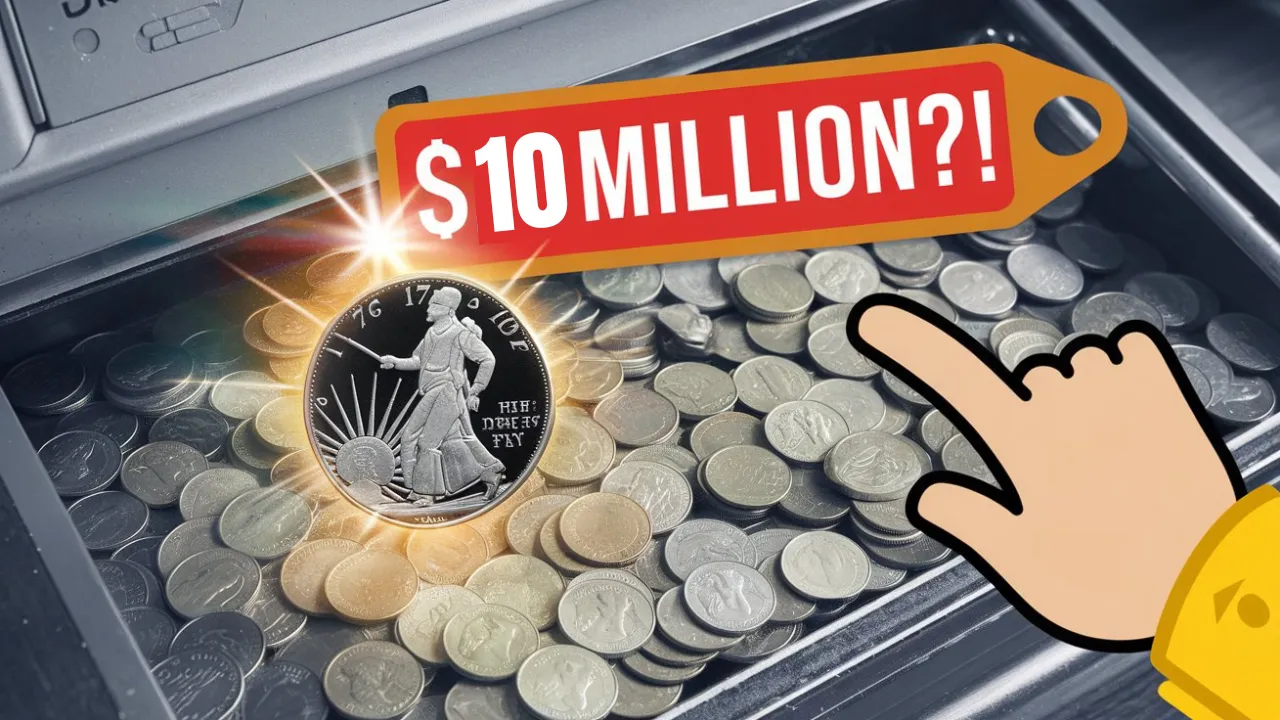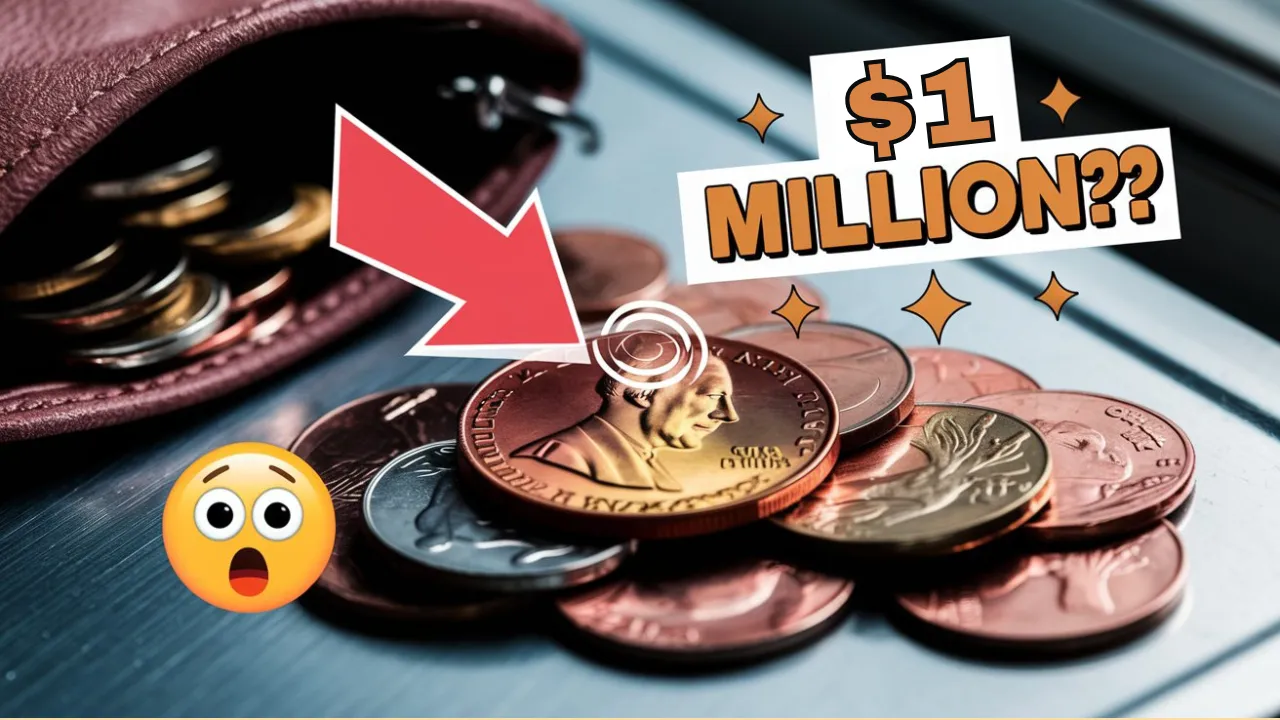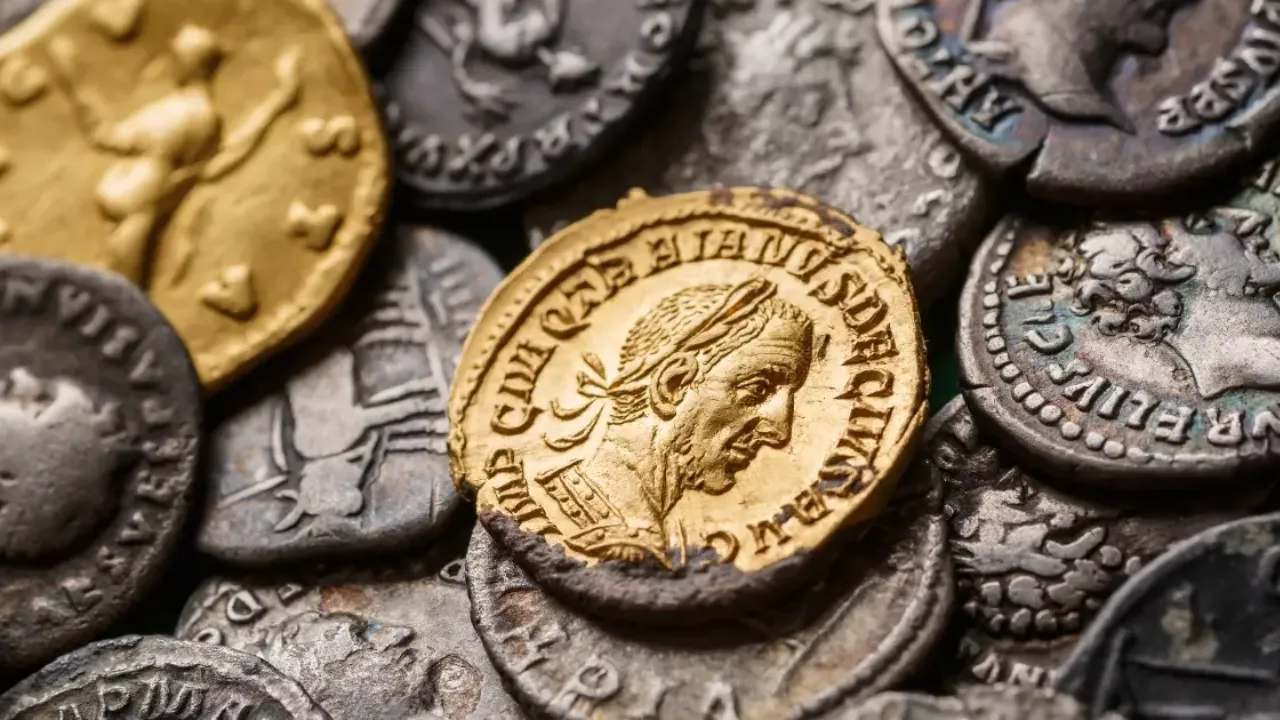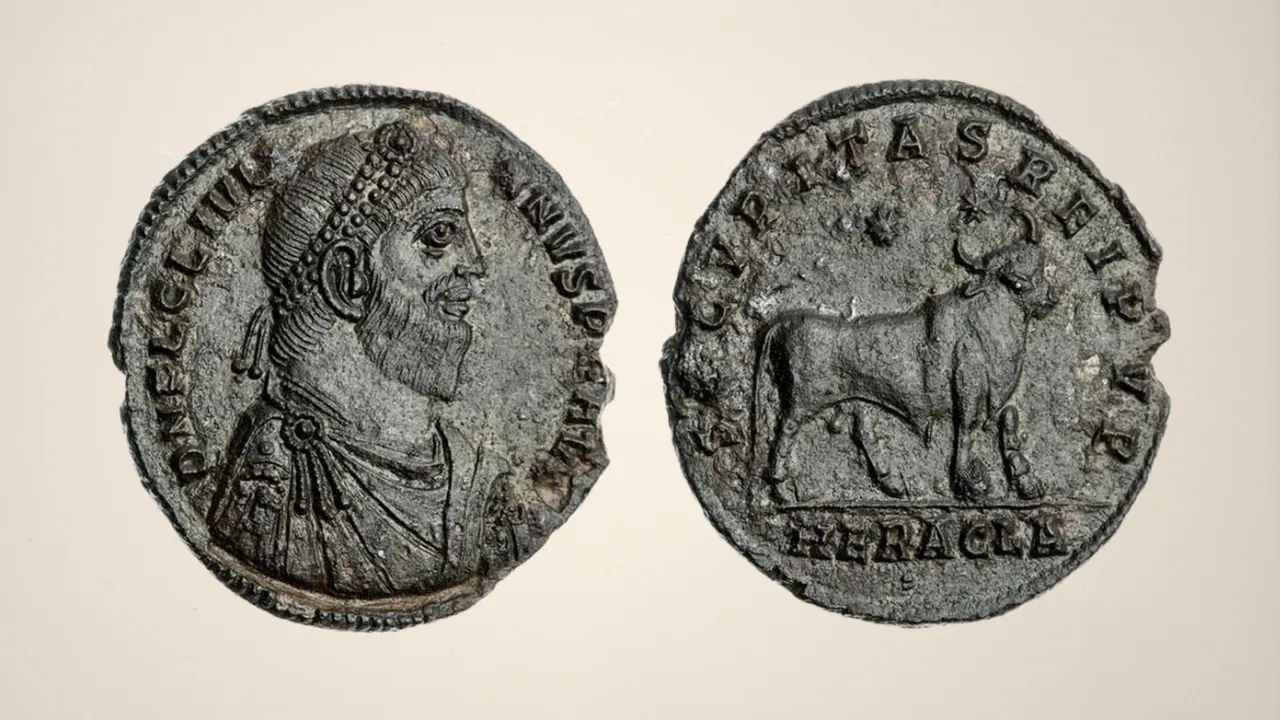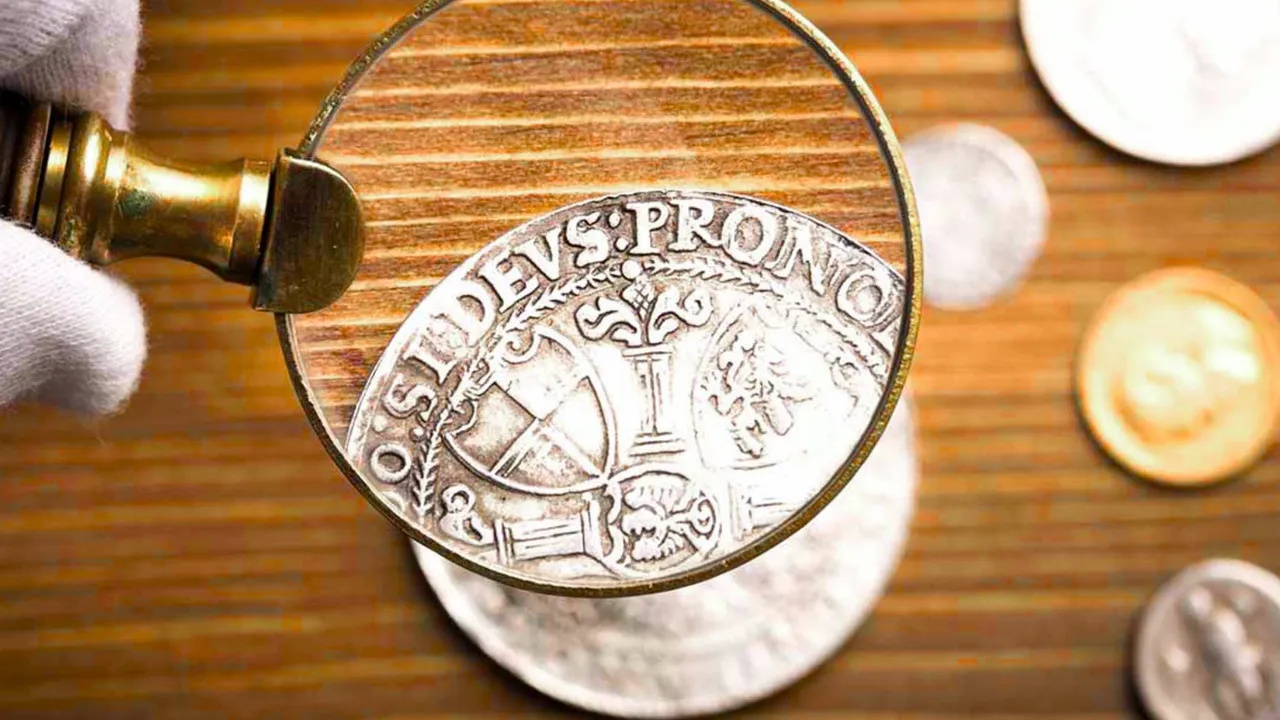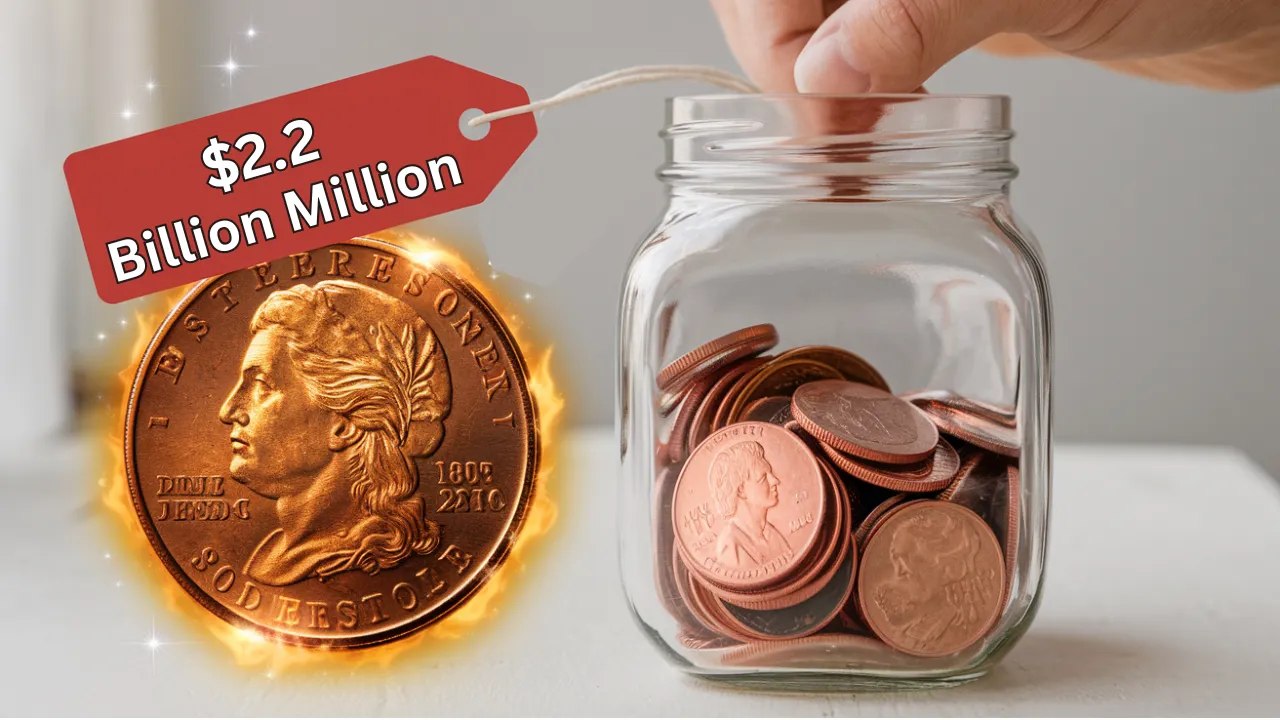Rare Roman-era Coins Discovered in German Mountains: A rare hoard of Roman-era coins has been uncovered deep within the Westerwald mountains in Germany, far from the Roman Empire’s established frontiers. This astonishing discovery, made by a licensed metal detectorist, includes nearly 3,000 ancient coins and over 200 silver fragments hidden in a broken ceramic pot between two rocks. The location of this hoard — miles from any known Roman settlements or Germanic tribal hubs — has left archaeologists intrigued and puzzled.
The coins, dating back to the 3rd century A.D., offer a fascinating glimpse into a period of political turmoil and economic instability in the Roman Empire. While coin hoards are not uncommon within Roman borders, such an extensive collection found so far from the empire’s heartland is extraordinarily rare. In this article, we’ll dive into the details of this unique discovery, the historical significance of the coins, and the enduring mystery surrounding their hidden location.
Key Details About the Discovery
| Aspect | Details |
| Location Found | Westerwald mountains, near Herschbach, Germany |
| Number of Coins | Approximately 2,940 coins |
| Additional Finds | Over 200 decorated silver fragments |
| Time Period | Coins date between A.D. 241–271 |
| Type of Coins | Antoniniani – Roman silver coins with a bronze core and silver overlay |
| Discovery By | Licensed metal detectorist |
| Historical Significance | Largest hoard of its kind found outside Roman-controlled territories |
The Unexpected Discovery of Rare Roman-era Coins
The discovery took place in the Westerwald mountain range, near the town of Herschbach, approximately 11 miles past the Upper Germanic Limes — the northern defensive frontier of the Roman Empire. After stumbling upon the hoard, the licensed metal detectorist promptly reported the finding to archaeologists in Koblenz, who carried out a professional excavation of the site.
What they uncovered was extraordinary: a ceramic pot containing 2,940 Antoniniani coins and over 200 thin silver fragments. The coins, though corroded, reveal portraits of prominent Roman and Gallic emperors, including Gordianus III and Victorinus. This vast collection tells a story of political and economic turbulence in the 3rd century A.D., a time marked by power struggles, breakaway empires, and external threats.
Historical Significance of the Roman Coins
The coins primarily belong to the reigns of two significant figures: Emperor Gordianus III (A.D. 238–244) and Gallic Emperor Victorinus (circa A.D. 269–271). These emperors ruled during periods of instability, with Victorinus leading the Gallic Empire, a breakaway state that included parts of modern-day France, Belgium, and Germany.
The Antoniniani coins, while considered silver currency, were largely made of bronze with only a thin silver coating. They were a product of an empire struggling to stabilize its economy amidst constant warfare and political fractures.
While coin hoards are commonly discovered within Roman territories, finding such a large cache beyond the empire’s borders is a rare occurrence. The hoard’s presence in such an isolated location raises numerous questions about its origin and purpose.
Why Were the Coins Buried in the Mountains?
The rare Roman-era coins raise several intriguing possibilities about their purpose and journey to such an isolated spot:
- Bribery or Tribute: The coins might have been used by Roman or Gallic leaders to bribe Germanic chieftains to maintain peace or direct their aggression elsewhere.
- Hidden Wealth: Someone might have buried the coins to protect them from theft, war, or political upheaval.
- Trade Route Connection: The Westerwald region may have been a lesser-known trading route or strategic hiding place during times of conflict.
Despite these theories, no definitive evidence explains why the hoard was hidden in such an isolated location. The lack of nearby settlements or historical records of significant activity in the area only deepens the mystery.
The Role of the Gallic Empire in the Discovery
Interestingly, many of the coins were minted in Cologne, a city that was part of the Gallic Empire during its brief secession from Rome. Between A.D. 260 and 274, the Gallic Empire operated semi-independently, controlling a vast territory and issuing its own coinage.
The presence of these Cologne-minted coins suggests that the hoard might have been linked to political or military activities involving the Gallic Empire. Perhaps these coins were part of a payment intended for alliances with local tribes or were hastily hidden during a retreat.
Whatever the case, the exact story behind these coins remains a historical puzzle waiting to be solved.
Unanswered Questions Surrounding the Hoard
Despite extensive research, several questions remain unanswered:
- Who buried the coins, and why?
- Why were they hidden in such an isolated region?
- Were they part of a larger political strategy or a personal stash?
These questions highlight the importance of further analysis. Researchers are planning to use CT scanning technology to digitally reconstruct the silver fragments and better understand their original form.
What This Discovery Reveals About Ancient Europe
The rare Roman-era coins shed light on the complexities of ancient European geopolitics. They reveal how deeply interconnected — and yet fragile — the boundaries of the Roman and Gallic Empires were during the 3rd century.
This discovery also emphasizes the significance of hidden treasures in archaeology, as they often provide clues to moments in history that written records fail to capture. The coins offer tangible evidence of cross-border trade, diplomacy, and the uncertainty that surrounded life during this period.
Future Research and Preservation Plans
Archaeologists plan to continue studying the hoard to uncover more details about its origin and purpose. Advanced imaging techniques, like CT scanning, will help analyze the silver fragments and coins in greater detail.
Additionally, preservation efforts are being prioritized to ensure that these rare Roman-era coins remain intact for future generations to study and admire.
FAQs
1. Where were the Roman-era coins discovered?
They were found in the Westerwald mountain range, near Herschbach, Germany.
2. How many coins were in the hoard?
Approximately 2,940 Antoniniani coins were discovered.
3. What is the significance of these coins?
They offer insight into 3rd-century Roman and Gallic politics, trade, and economic systems.
4. Who buried the coins?
The exact individual or group responsible remains unknown.
5. Why is this discovery unique?
Finding such a large coin hoard so far beyond Roman borders is exceptionally rare.
Final Thoughts
The discovery of these rare Roman-era coins is more than just an archaeological find; it’s a portal into a forgotten chapter of European history. While many questions remain unanswered, one thing is certain — this hoard holds stories of conflict, diplomacy, and survival from one of history’s most turbulent eras.
If you’re fascinated by ancient history, share this story and stay tuned for updates on what could become one of the most significant archaeological discoveries of our time!
